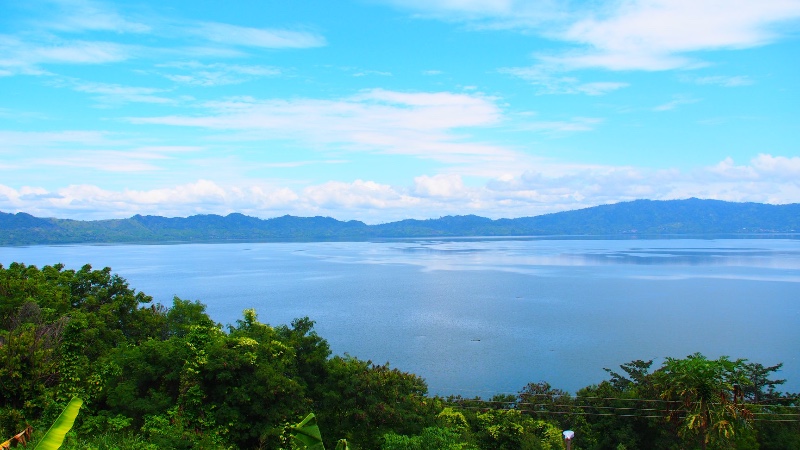In former times, it was a taboo to touch the water with iron things, so the people never used conventional boats. Till date they move on the lake using the “padua”, a wooden plank that needs a lot of skill to be handled in the right way.
It must be admitted that it is not clear whether the crater in which Bosomtwi lies is volcanic in origin, was formed by a meteorite or a small pond. Either way, the lake is a beautiful spot, encircled by mountainous, thickly vegetated crater walls rising several altitudes. This presents ample opportunities for walking, birding, fishing, hiking and canoeing.


What to do
There is an information centre, where you can find out about the lake and conservation efforts, and also arrange for a boat trip on the lake. If you are lucky someone will open a coconut or two for you for a few cedis.
It is possible to take boat rides on the lake, swim, and hike around. The various communities around the lake are very welcoming. There are also some great hikes up into the hills, and the sacred areas around villages.
Videos
MAP
Getting there
There is a tarred road that gives access to the lake from the direction of Kumasi, it rises in elevation over the rim around the lake and down into the lake ending at the first village Abono. There is a small fee to be paid at a community mounted entry point.
It is seen as taboo to use a regular dugout canoe or for metal or iron to touch the lake surface (i.e. modern boats, even though there are a couple that traverse the lake), because of this a very different type of boat is used by the fisherman in the lake, it is a large plank of wood that they sit on top of and use their hands, or plates in their hands to propel themselves.
Nearby Attractions
- Manhyia Palace Museum
- Rattray Park
- Kumasi City Mall





